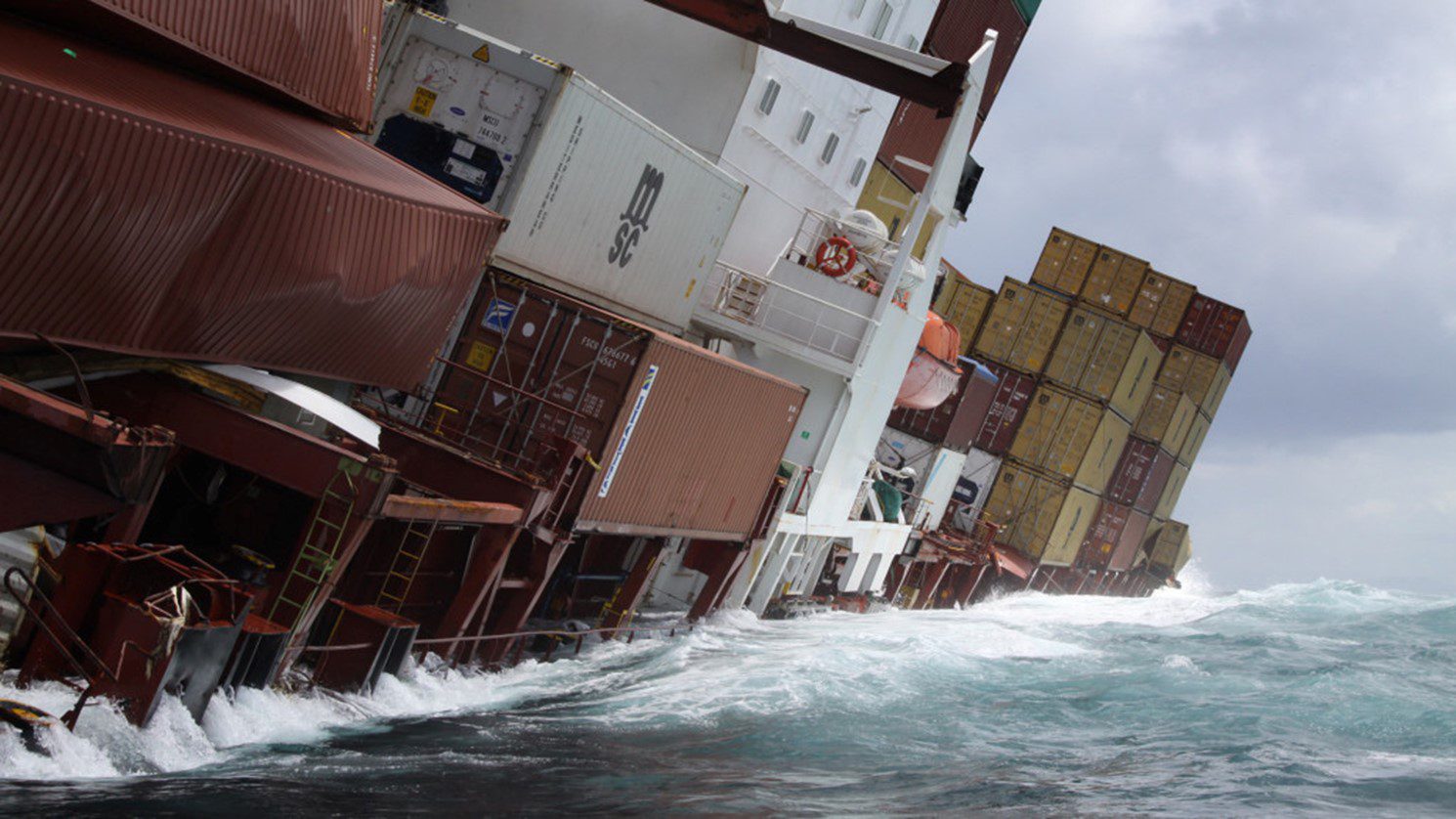
Case Studies
Below you will find case studies on topical issues which can be used for training and discussion purposes. As part of its commitment to improving safety at sea, The Swedish Club widely shares its claims experiences to help the shipping community to understand the factors that can lead to incidents and to learn from the decisions that were made at the time.
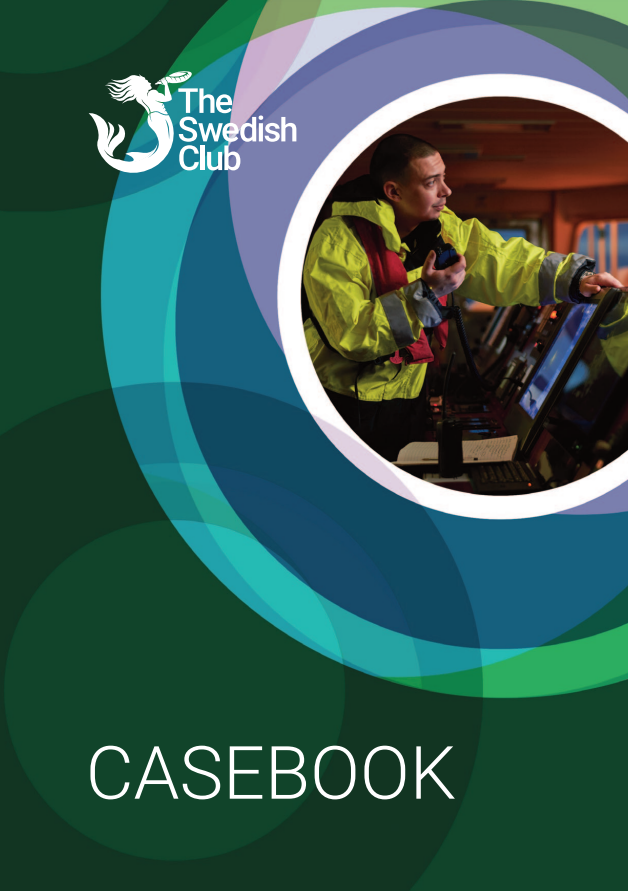
Casebook
Following requests for more case studies, we have taken some of the most interesting and informative cases we have previously published across our loss prevention titles and combined them into a casebook which you can use to assist in crew training – both on board and in the classroom. The cases cover P&I, and H&M claims on the most common types of vessels and represent situations that many seafarers may face during their careers. You can also download the cases in this book separately; see the cases below.
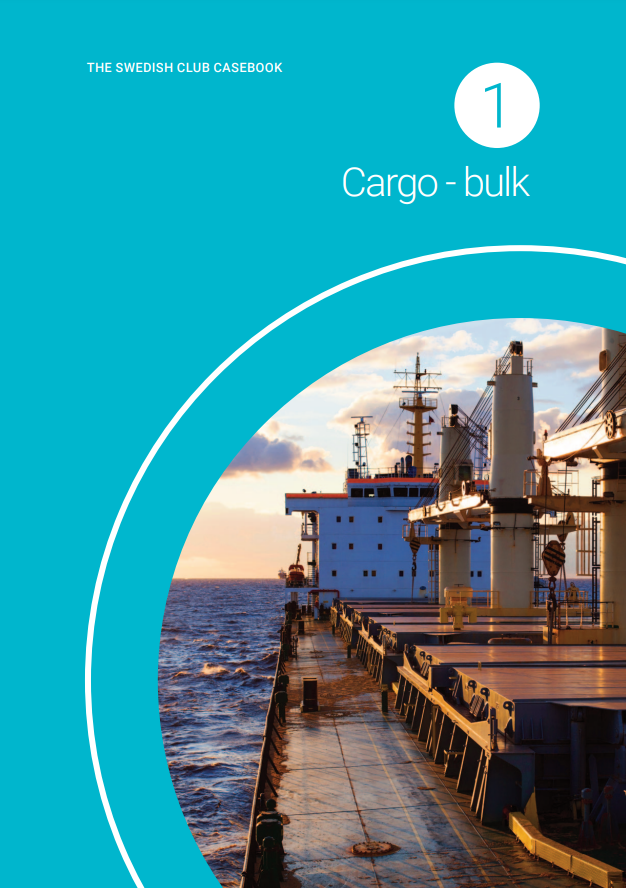
1. Cargo – bulk
- 1.1 Charcoal: Incorrect declaration caused charcoal fire
- 1.2 Coal: Severely burned in an onboard explosion
- 1.3 Coal: Indonesian coal self-ignited during discharge
- 1.4 Grains: Wet damage caused cargo loss
- 1.5 Grains: Incorrectly applied fumigation pellets caused explosion
- 1.6 Grains: Ship’s sweat caused cargo damage
- 1.7 Grains: Infested cargo
- 1.8 Soya beans: Discolouration
- 1.9 Soya beans: Poor condition when loading
- 1.10 Soya beans: Ship’s sweat caused cargo damage
- 1.11 Soya beans: Self-ignited after several months at anchor
- 1.12 Steel: Cargo damaged by rain during loading
- 1.13 Steel: Cargo rejected
- 1.14 Steel: Concrete steel pipes damaged due to poor loading and unloading procedures
- 1.15 Urea: Caking of urea at the discharge port
- 1.16 Urea: Contamination
- 1.17 Explosion caused by fumigation
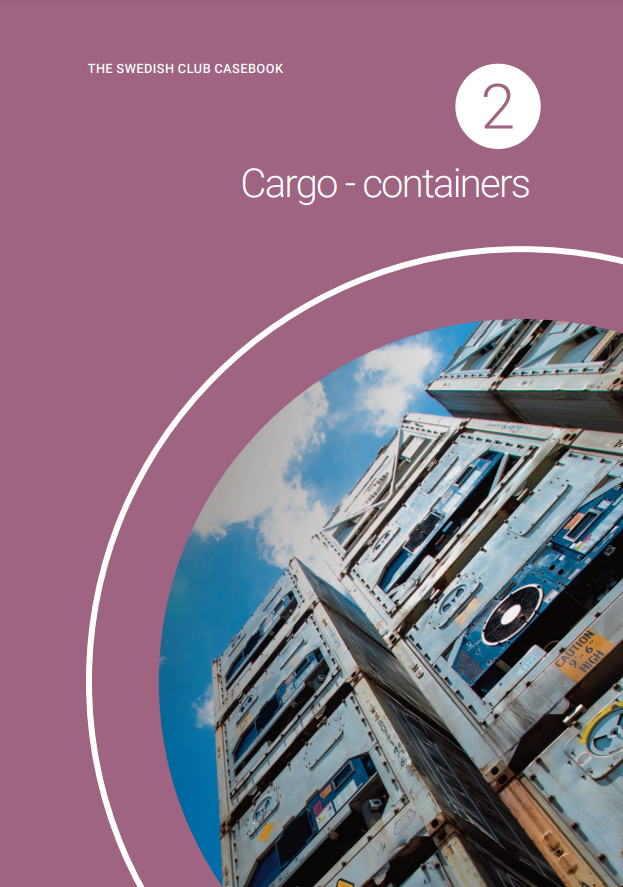
2. Cargo – containers
- 2.1 Reefer container: Damage to seafood
- 2.2 Reefer container: Damage to fresh produce
- 2.3 Reefer container: Meat damaged due to wrong temperature settings
- 2.4 Reefer container: Damage to various food products
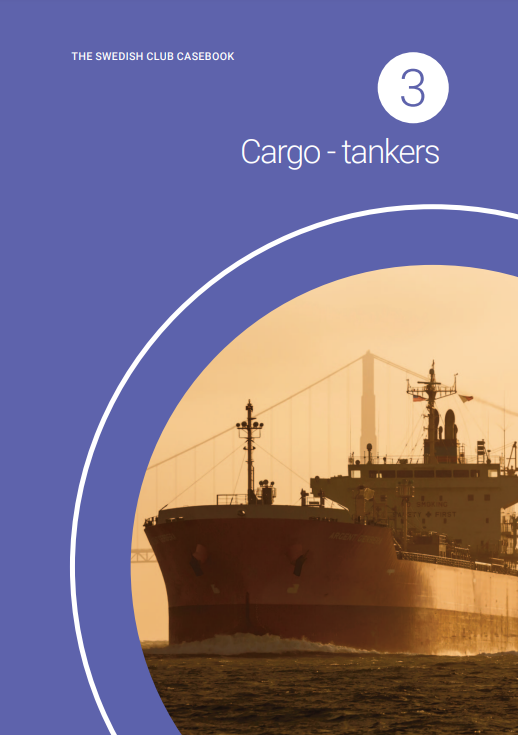
3. Cargo- tankers
- 3.1 Hazardous chemical: Cargo contaminated cargo by tank coating
- 3.2 Petro: Naphtha was off spec
- 3.3 Vegetable oil: Crude palm oil was contaminated with palm kernel oil
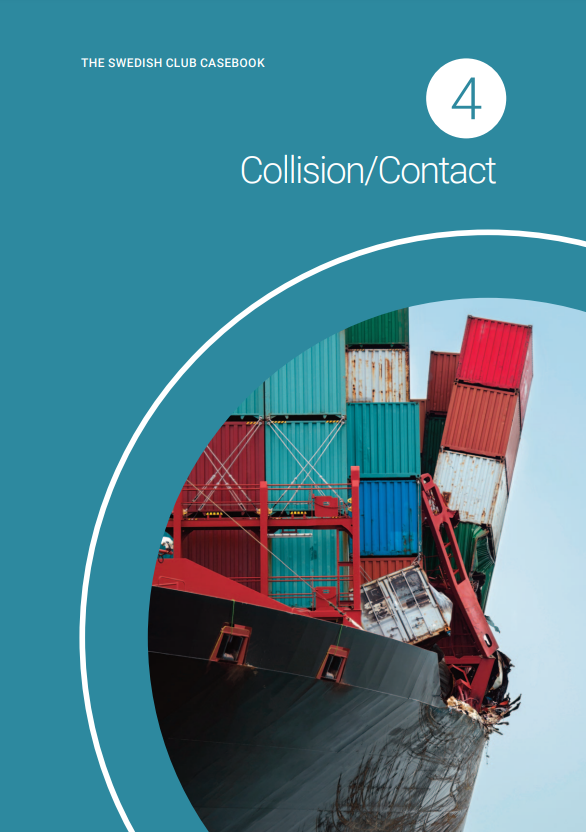
4. Collision/Contact
- 4.1 Collision as the vessel was overtaken
- 4.2 Collision in restricted visibility when approaching a port
- 4.3 Collision in river
- 4.4 Collision in busy anchorage after grounding
- 4.5 Collision due to miscommunication when approaching a port
- 4.6 Collision in restricted visibility
- 4.7 Contact while berthing in river
- 4.8 Excessive speed when approaching berth
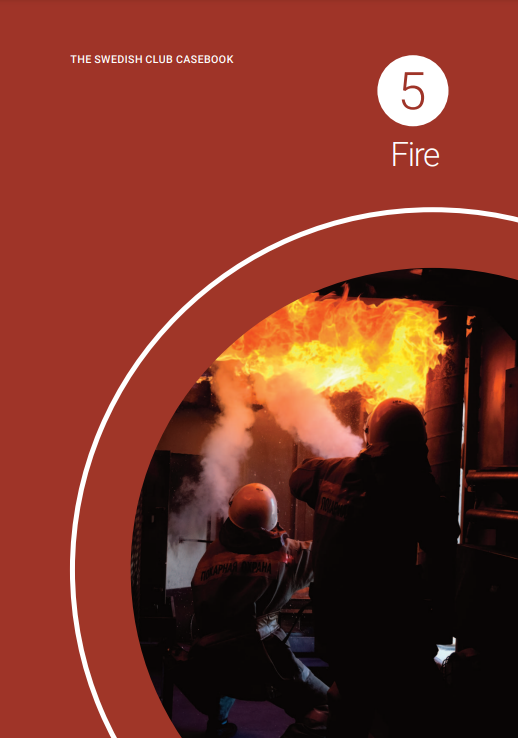
5. Fire
- 5.1 Misdeclared container caused a fire
- 5.2 Floodlights caused cargo fire on bulk carrier
- 5.3 Hot work caused container fire
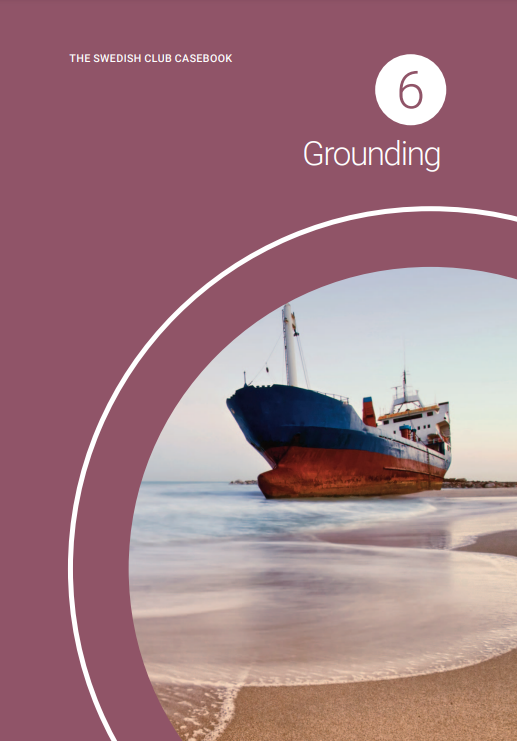
6. Grounding
- 6.1 Grounding in unsurveyed waters
- 6.2 Grounding as channel buoys were in the wrong position
- 6.3 Grounding as the OOW missed waypoint
- 6.4 Grounding in heavy weather
- 6.5 Grounding at high speed
- 6.6 Grounding because of poor cooperation
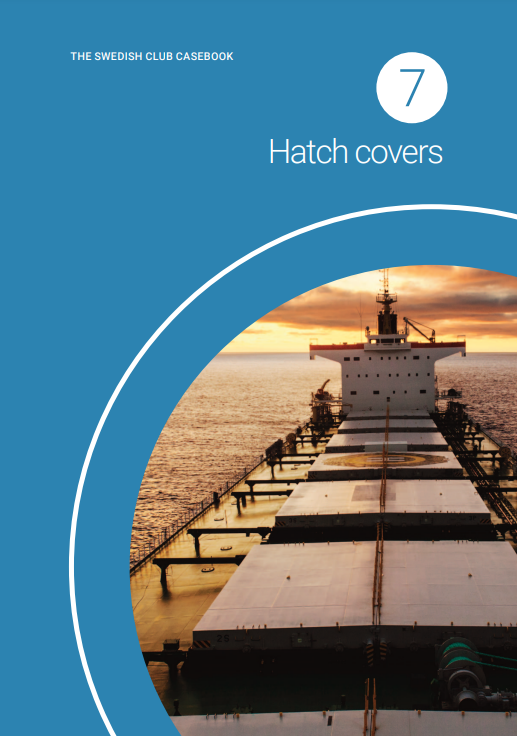
7. Hatch covers
- 7.1 Leaking cargo hatch covers caused cargo damage
- 7.2 Crack in the cargo hatch cover caused wet damage
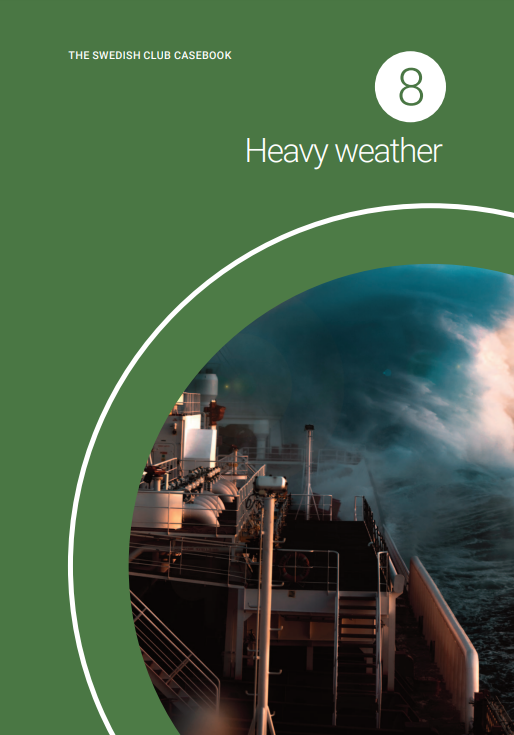
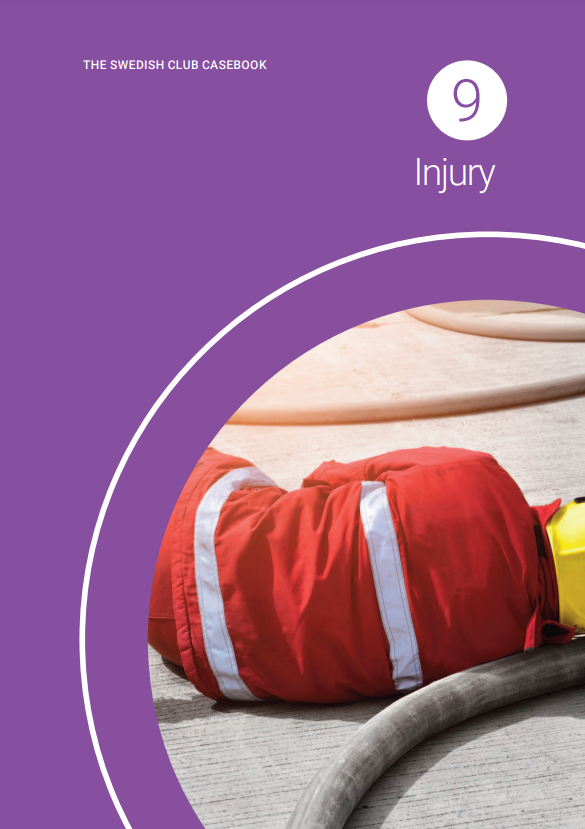
9. Injury
- 9.1 Fatal fall from ladder
- 9.2 Lost balance while washing down caused serious injury
- 9.3 Injury during mooring operation
- 9.4 Fatal fall
- 9.5 Rescue boat accident
- 9.6 Severely burned crew member died
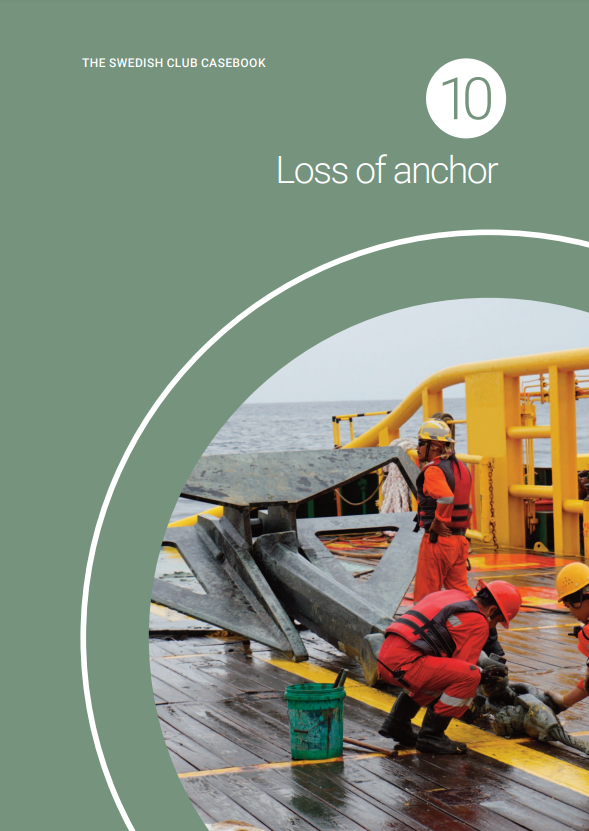
10. Loss of anchor
- 10.1 Loss of anchor in heavy weather
- 10.2 At anchor during a typhoon resulting in a grounding and total loss
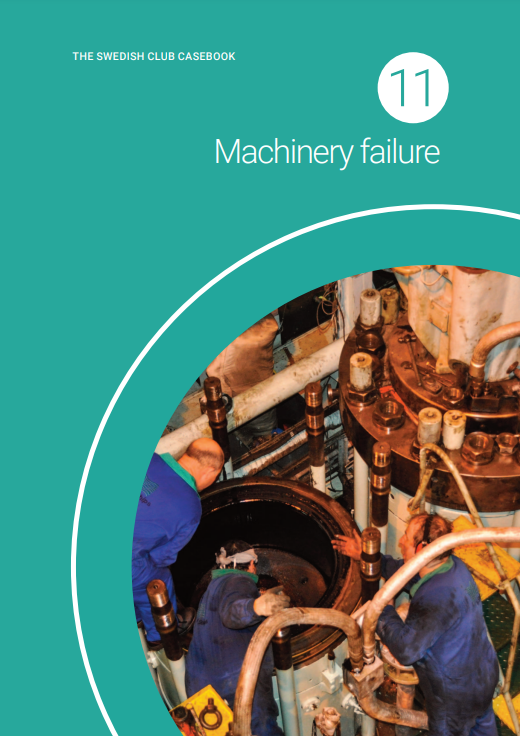
11. Machinery failure
- 11.1 Machinery failure caused by contamination
- 11.2 Maintenance job lead to flooding of the engine room
- 11.3 Machinery failure of the CPP caused heavy contact with the lock gate
- 11.4 Routine job in the engine room caused grounding
- 11.5 CPP caused vessel to strike the quay and crane
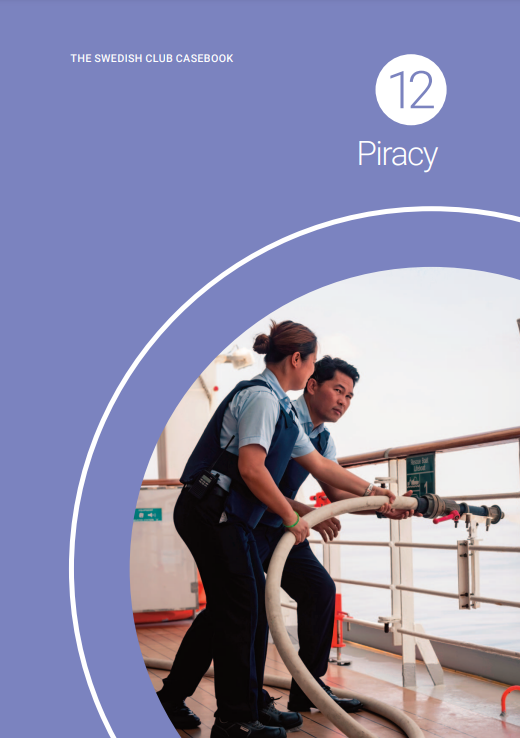
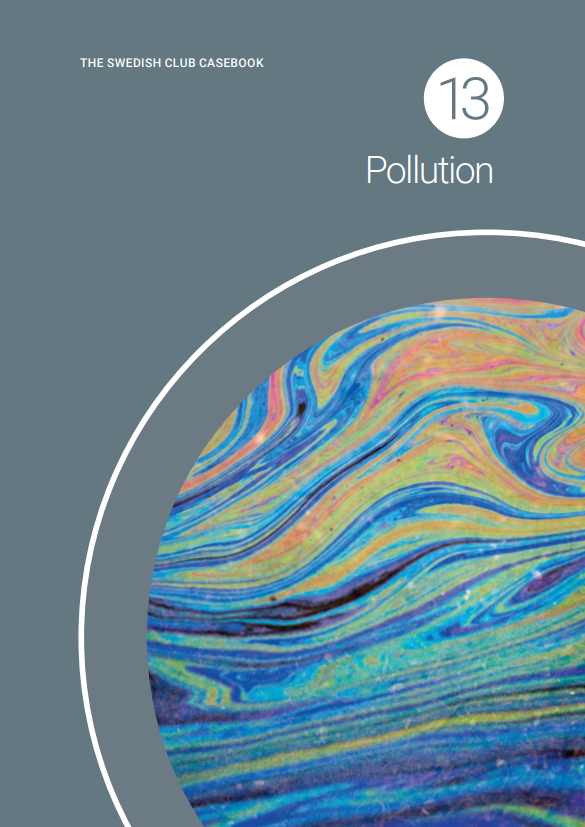
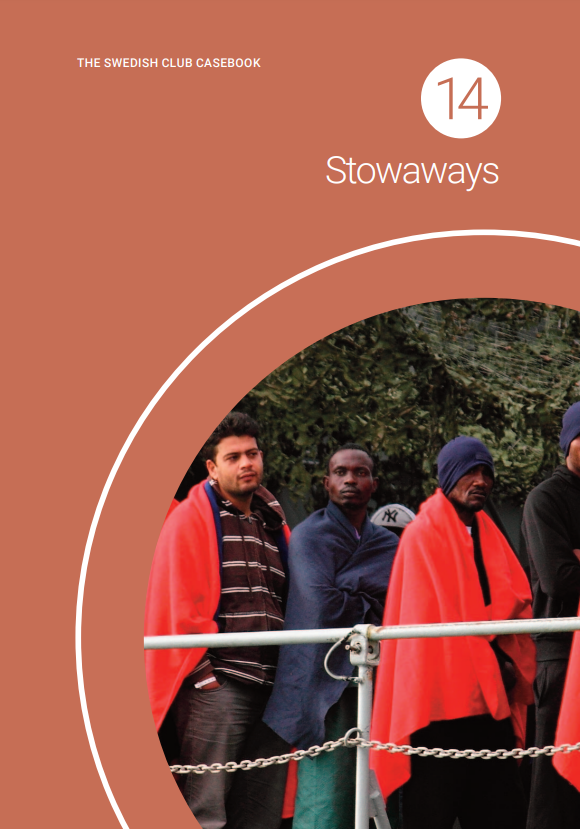
Case Taipei
(Film approx 4 min click to enlarge.)
When the 168-metre long, 20,615 dwt container ship TS Taipei suffered engine failure in a strong storm and was blown aground 300 metres away from a scenic beach off Shimen, Taiwan in March 2016, the stage was set for what could have been an incredibly expensive and catastrophic outcome.
The efficient, cost-effective way in which The Swedish Club responded and dealt with the casualty earned industry recognition for a job well done.